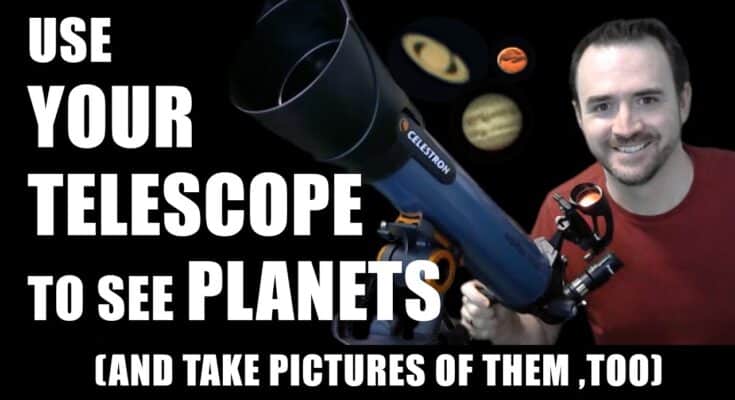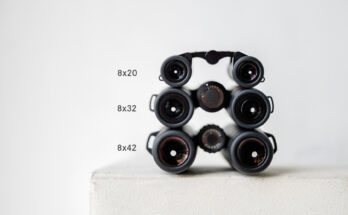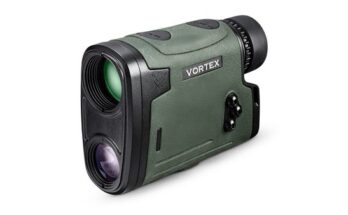Yes, you can see planets with a Celestron telescope. The view depends on the telescope’s model and specifications.
Celestron telescopes are popular among amateur astronomers for their quality and performance. These telescopes allow clear views of planets like Jupiter, Saturn, Mars, and Venus. Models range from beginner-friendly to advanced, offering various features for planet observation. Choosing the right model is essential for optimal viewing experiences.
Telescopes with larger apertures and higher magnifications provide better planet details. Accessories like Barlow lenses can enhance your viewing experience. Observing planets with a Celestron telescope can be a rewarding and educational hobby. Clear skies and proper setup make a significant difference in what you can see.
Introduction To Celestron Telescopes
Celestron telescopes are popular tools for stargazers. They help you see planets, stars, and galaxies. These telescopes offer clear views of the night sky. With a Celestron, you can explore the universe from your backyard.
Brief History
Celestron was founded in 1960 by Tom Johnson. He wanted to make telescopes for everyone. Celestron quickly became a leader in the telescope industry. They introduced the famous C8 telescope in 1970. This model made Celestron a household name.
Since then, Celestron has continued to innovate. They developed computerized models and advanced optics. Today, Celestron is trusted by amateur and professional astronomers alike.
Popular Models
Celestron offers a range of telescopes. Here are some popular models:
- NexStar 8SE: This model is great for beginners. It has a computerized mount and is easy to set up.
- AstroMaster 130EQ: This model is affordable and powerful. It is perfect for viewing planets and the moon.
- CPC Deluxe 1100: This model is for serious astronomers. It offers a large aperture and advanced features.
Each model has unique features. Choose one that fits your needs and budget.
| Model | Best For | Features |
|---|---|---|
| NexStar 8SE | Beginners | Computerized mount, easy setup |
| AstroMaster 130EQ | Planet Viewing | Affordable, powerful optics |
| CPC Deluxe 1100 | Serious Astronomers | Large aperture, advanced features |
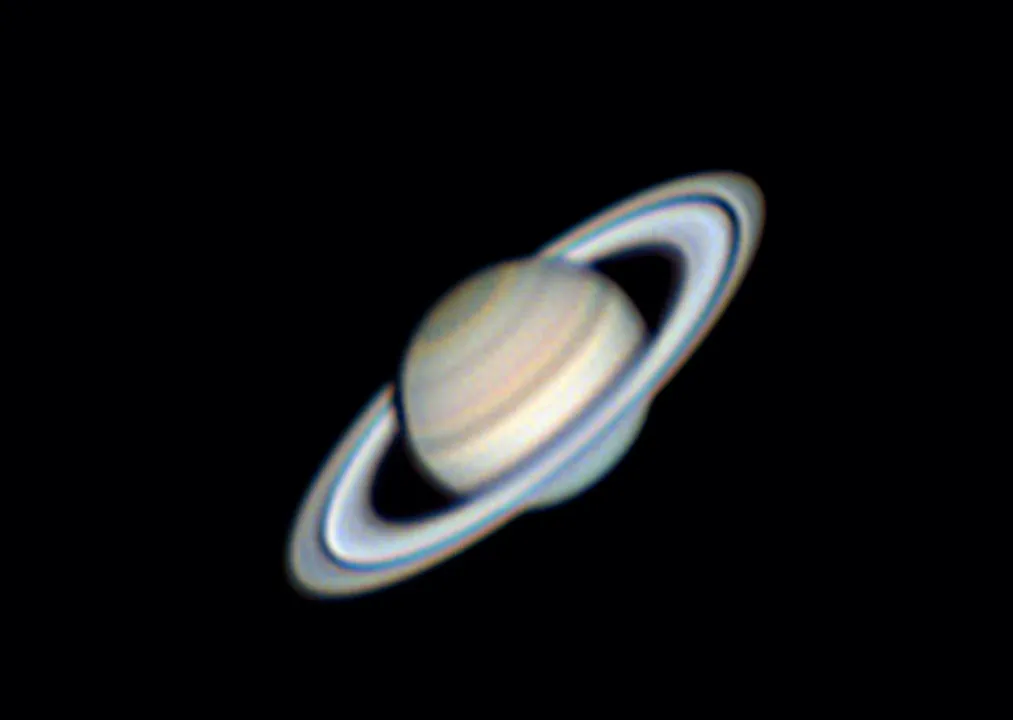
Credit: www.skyatnightmagazine.com
Basic Stargazing Tips
Stargazing with a Celestron telescope can be magical. But you need some tips to enhance your experience. This guide covers the essentials for a successful stargazing session.
Choosing The Right Location
The right location is crucial for stargazing. Avoid areas with a lot of light pollution. Cities and towns are often too bright. Instead, find a dark, open space away from streetlights. National parks or countryside locations are ideal.
Keep in mind the time of year. Some locations are better for stargazing during specific seasons. Use apps or websites to check stargazing spots near you.
Ideal Weather Conditions
Weather plays a big role in stargazing. Clear skies are essential. Clouds can block your view of the planets. Check the weather forecast before you go out. Look for nights with low humidity and no clouds.
Temperature can affect your comfort. Dress warmly on cooler nights. Bring blankets or chairs for a comfortable experience.
Remember, a little preparation goes a long way. Follow these tips to make the most of your Celestron telescope and enjoy the wonders of the night sky.
Setting Up Your Celestron
Excited to explore the night sky? Setting up your Celestron telescope is the first step. This guide will show you how to assemble your telescope and align the finder scope.
Assembling The Telescope
Begin by unpacking your Celestron telescope. Ensure all parts are present:
- Telescope tube
- Mount and tripod
- Eyepieces
- Finder scope
Follow these steps to assemble your telescope:
- Attach the tripod: Extend the tripod legs to a stable height.
- Mount the telescope: Secure the telescope tube on the mount.
- Insert the eyepiece: Place the eyepiece in the focuser.
Ensure all screws are tight. Your telescope should feel stable and secure.
Aligning The Finder Scope
The finder scope helps locate objects in the sky. Aligning it is simple:
- Choose a distant object: A tree or building works well.
- Center the object: Use the main telescope to center the object in the eyepiece.
- Adjust the finder scope: Use the adjustment screws to center the same object in the finder scope.
Once aligned, the finder scope will make it easier to locate planets and stars.
Now, your Celestron telescope is ready for stargazing. Enjoy exploring the cosmos!
Identifying Planets
Identifying planets with a Celestron telescope can be a thrilling experience. With the right techniques, you can spot various planets in the night sky. This section will guide you through the process, ensuring you make the most of your Celestron telescope.
Using Star Maps
Star maps are essential for locating planets. These maps show the positions of stars and planets in the sky. You can find star maps online or in astronomy books. Here’s how you can use them:
- Download or purchase a star map.
- Identify your location and time on the map.
- Locate the planets by matching the map to the sky.
Using a star map helps you find planets quickly. It also enhances your understanding of the night sky.
Recognizing Planetary Movements
Planets move differently compared to stars. Recognizing these movements helps in identifying them. Here are some tips:
- Planets move along the ecliptic path.
- They shine steadily, unlike twinkling stars.
- Watch for retrograde motion, where planets seem to move backward.
Observing these movements makes it easier to identify planets. Practice regularly to become proficient.
Best Times To View Planets
Viewing planets with a Celestron telescope can be a thrilling experience. Timing plays a crucial role in getting the best views. Understanding the best times to view planets ensures a successful stargazing session. This section breaks down the optimal times into two key categories: Seasonal Viewing Windows and Optimal Viewing Hours.
Seasonal Viewing Windows
Planets are more visible during specific times of the year. Each planet has its own best viewing season. Here is a brief guide:
| Planet | Best Viewing Season |
|---|---|
| Mercury | Spring and Fall |
| Venus | Spring and Summer |
| Mars | Winter |
| Jupiter | Summer |
| Saturn | Summer |
These seasons offer the clearest views of each planet. Plan your stargazing sessions accordingly to get the best results.
Optimal Viewing Hours
The best time to view planets is either after sunset or before sunrise. These hours are often referred to as the “golden hours” for stargazing. Here are some tips:
- Mercury: Visible just after sunset or just before sunrise.
- Venus: Best viewed in the evening or morning twilight.
- Mars: Best seen around midnight when it is high in the sky.
- Jupiter: Visible most of the night, best viewed around midnight.
- Saturn: Best viewed a few hours after sunset.
Using a Celestron telescope during these hours offers the clearest and most detailed views. Keep an eye on the weather and choose a clear night for optimal results.
Enhancing Your Stargazing Experience
Stargazing with a Celestron telescope can be magical. You can see planets and stars up close. Enhancing your experience makes it even better. With simple tools, you can see more details. Let’s explore two ways to improve your stargazing.
Using Filters
Filters help you see planets more clearly. They reduce glare and enhance details. Here are some common filters:
- Moon Filter: Reduces the brightness of the Moon. This helps see its details.
- Planetary Filters: Enhance the colors of planets. See the red of Mars and the rings of Saturn.
- Light Pollution Filters: Block unwanted light. See the night sky even in cities.
Using filters is easy. Just attach them to your telescope. Enjoy a clearer view of the cosmos.
Attaching Cameras
Attaching a camera to your Celestron telescope lets you capture stunning images. You can share these with friends. Here’s how to get started:
- Choose a compatible camera. A DSLR or a Celestron camera works well.
- Use a T-ring adapter. This connects the camera to the telescope.
- Adjust the focus. Make sure the image is clear.
- Take pictures or record videos. Capture the wonders of space.
Attaching a camera is easy. With practice, you’ll get great shots.
Using filters and attaching cameras can greatly enhance your stargazing. See more details and capture amazing images. Happy stargazing!
Troubleshooting Common Issues
When using your Celestron telescope, you might encounter some common issues. This section will help you troubleshoot and resolve them.
Blurry Images
Blurry images can be frustrating. Here are some steps to fix this:
- Ensure your telescope is focused correctly. Use the focus knob gently.
- Check the eyepiece. It should be clean and free of dust.
- Use a higher quality eyepiece for better results.
- Verify that the telescope is stable. Avoid any vibrations.
Alignment Problems
Alignment issues can make it hard to see planets. Follow these tips:
- Start by setting up your telescope on a flat surface.
- Use the finderscope to align your telescope with a distant object.
- Adjust the alignment screws to fine-tune your aim.
- Double-check your coordinates if using a computerized mount.
Refer to this table for quick troubleshooting steps:
| Issue | Solution |
|---|---|
| Blurry Images | Focus, clean eyepiece, stabilize telescope |
| Alignment Problems | Flat surface, use finderscope, adjust screws |
By following these steps, you can enjoy clear views of planets with your Celestron telescope.
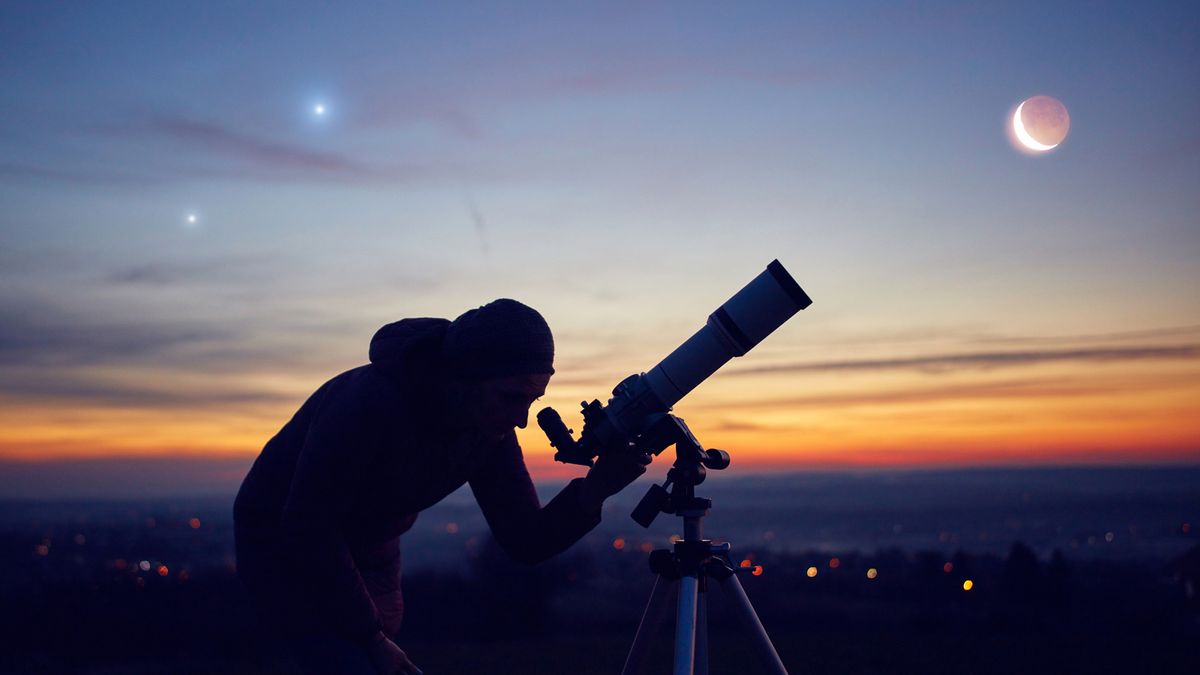
Credit: www.space.com
Advanced Stargazing Techniques
Using a Celestron telescope opens up a world of possibilities. You can see planets, stars, and other celestial wonders. Here, we explore some advanced techniques to enhance your stargazing experience.
Astrophotography Tips
Astrophotography allows you to capture stunning images of the night sky. A sturdy tripod and remote shutter release are essential. These help in avoiding camera shake.
Use a low ISO setting to reduce noise in your photos. Set the aperture to its widest setting to gather more light. Experiment with different exposure times to find the best settings for your subject.
Here is a table with recommended settings:
| Type of Object | ISO | Aperture | Exposure Time |
|---|---|---|---|
| Planets | 100-400 | f/2.8 – f/4 | 1/60 – 1/200 sec |
| Stars | 800-1600 | f/2.8 – f/4 | 10-30 sec |
| Galaxies | 1600-3200 | f/2.8 | 1-5 min |
Tracking Celestial Events
Tracking celestial events can enhance your stargazing sessions. Keep an eye on the astronomical calendar. This helps you know about upcoming events like meteor showers, eclipses, and planetary alignments.
Use planetarium software or apps to find the best times and locations. Plan your sessions around these events for a more rewarding experience.
- Meteor Showers: Best viewed during peak nights with minimal moonlight.
- Eclipses: Use solar filters for safety during solar eclipses.
- Planetary Alignments: Check apps for the best viewing times.
Here is a simple checklist for tracking events:
- Check the astronomical calendar.
- Download a planetarium app.
- Note the best viewing times and locations.
- Prepare your equipment in advance.
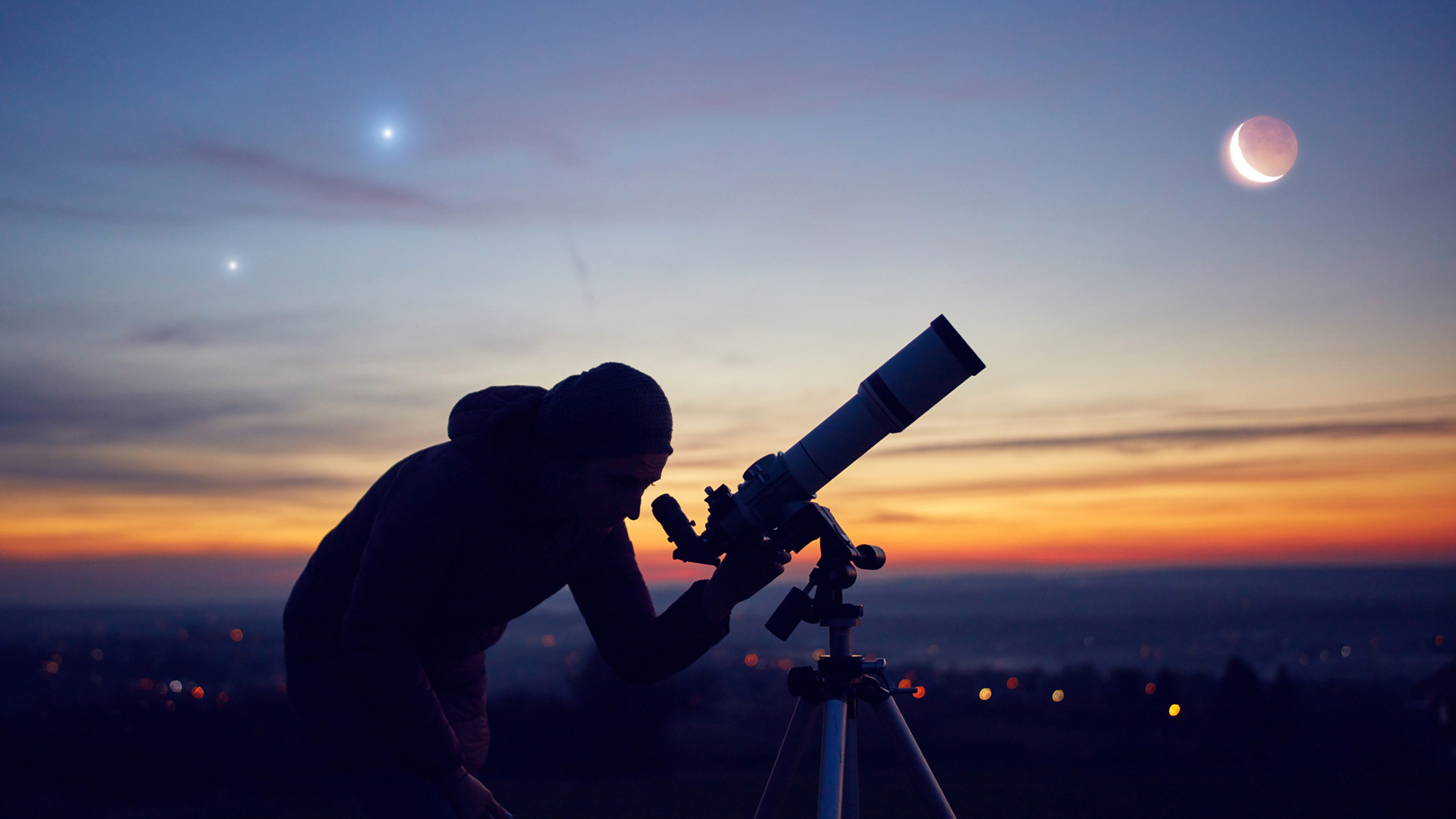
Credit: www.space.com
Frequently Asked Questions
What Telescope Is Best For Viewing Planets?
The best telescope for viewing planets is a 4-6 inch refractor or a 6-8 inch reflector. These offer clear, detailed views of planetary features. Brands like Celestron and Orion are highly recommended for their quality and reliability.
Can You Actually See Planets With A Telescope?
Yes, you can see planets with a telescope. Commonly visible planets include Jupiter, Saturn, Mars, Venus, and Mercury.
What Eyepiece Do You Need To See Planets?
A 10mm to 15mm eyepiece is ideal for viewing planets. For higher magnification, use a 5mm to 10mm eyepiece.
What Can You See With Celestron Astro Fi?
With the Celestron Astro Fi, you can see planets, stars, galaxies, and the moon’s craters. It offers clear, detailed views of celestial objects.
Conclusion
A Celestron telescope makes planet watching accessible and enjoyable. With the right model, you can see planets clearly. Invest in a quality Celestron to explore the night sky. Stargazing can be a rewarding hobby for all ages. Happy observing, and may you discover many celestial wonders!
